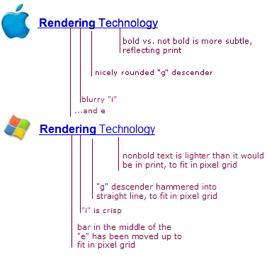Notebook designers and manufacturers have long searched for the holy grail of power efficiency. For this reason, the architecture of portable computers has evolved so much since the advent of laptop computers. And one of the main ways to conserve battery life is by reducing hard disk spinning.
Recently, the trend is going towards solid-state storage. This means drives that have no moving parts. Most popular of these is flash memory. They’re cheap, durable, and can hold data even without power (unlike volatile RAM, which loses data when power is off). Since flash memory can allegedly reduce consumption caused by spinning hard drives, some manufacturers have switched to using solid state drives for their mobile computers. There are also flash-based hard drives meant for notebook computers that users can replace their existing drives with.
One such example is the Asus Eee PC (related blog here), an inexpensive ultraportable introduced just late this year.
There is still question, though whether reducing the power consumption of storage media will drastically affect battery life. The answer may be no. While using flash drive reduces consumption, much of a laptop’s power consumption lies elsewhere.
ZDnet has done actual testing to compare consumption between using a conventional hard drive and a flash drive. The findings:
The maximum power difference between a flash drive and a 2.5″ disk is 3 watts. If you average about 3 hours battery life, a flash drive would save at most 9 watt hours (wh). That’s 29 minutes with a 55 wh battery. Less than 20 if it isn’t seeking constantly – and less than 10 minutes if the drive spends half its time in standby mode.
The biggest power sink in my notebook is the “everything else” that stays on when nothing is happening – 13 watts. Next is the CPU when it is busy. Then the display if you keep it above minimum brightness, the DVD/CD player and finally, just above Wi-Fi, a busy disk.
Flash drives have a real advantage in shock resistance over disks. But the performance is about the same as a disk, the power savings minimal and the cost disadvantage huge. They make the most sense for premium ultra-light notebooks with low power CPUs and small screens as well as hand-held devices.
So this means power savings from a solid state drive may be marginal. What’s important is that the computer’s architecture itself is power-saving (i.e., as with how a Pentium-M based processor can throttle down to save on power use, while a Celeron-M based processor does not). Also, it’s in the applications you use.
Still, I personally am hoping that someday our laptops (or other mobile computers) can run more than the usual two- to four-hours they do these days. Maybe 10 hours is good enough. Or maybe a whole day of computing without plugging in? Or perhaps I’m just dreaming.


